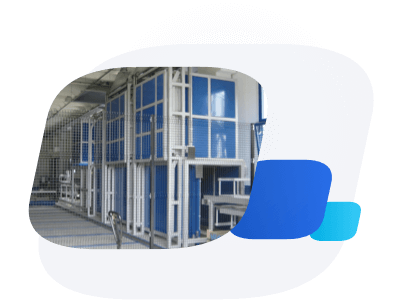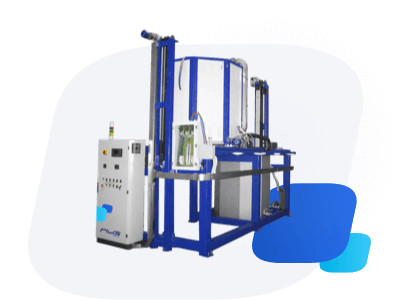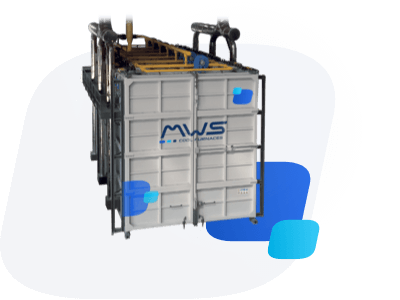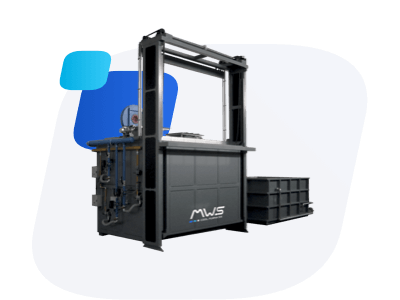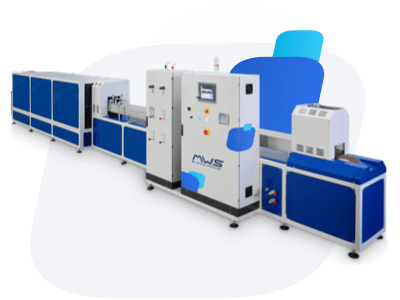Soldering & Brazing
Welding of metal parts inside thermal chamber.
Pros
Cons
It is a welding process that allows to attach two metal components with a filler material with lower melting temperature compared to them. The two parts that must be attached do not take part into the melting.
Brazing can be classified into:
- Soft soldering: when the filler material has melting temperature lower than 450 C°. Often alloys of Lead (Pb 65%) with Tin (Sn 35%) with melting temperature around 220°C are used; Alloys of Lead-Tin-Antimony are used to weld metals containing Aluminum or Zinc; Alloys of Tin-Antimony to weld canned foods (not Lead).
- Hard soldering: when the filler material melts at temperatures higher 450°C, but still inferior than the connected parts. Alloys of Copper-Silver or Copper-Zinc are used. The connection is stronger than soft soldering.
- Brazing: the filler metal has the highest melting temperature but forms the strongest connection between the pieces.
Common usages
Gives a bright finish to metal thanks to the controlled atmosphere

